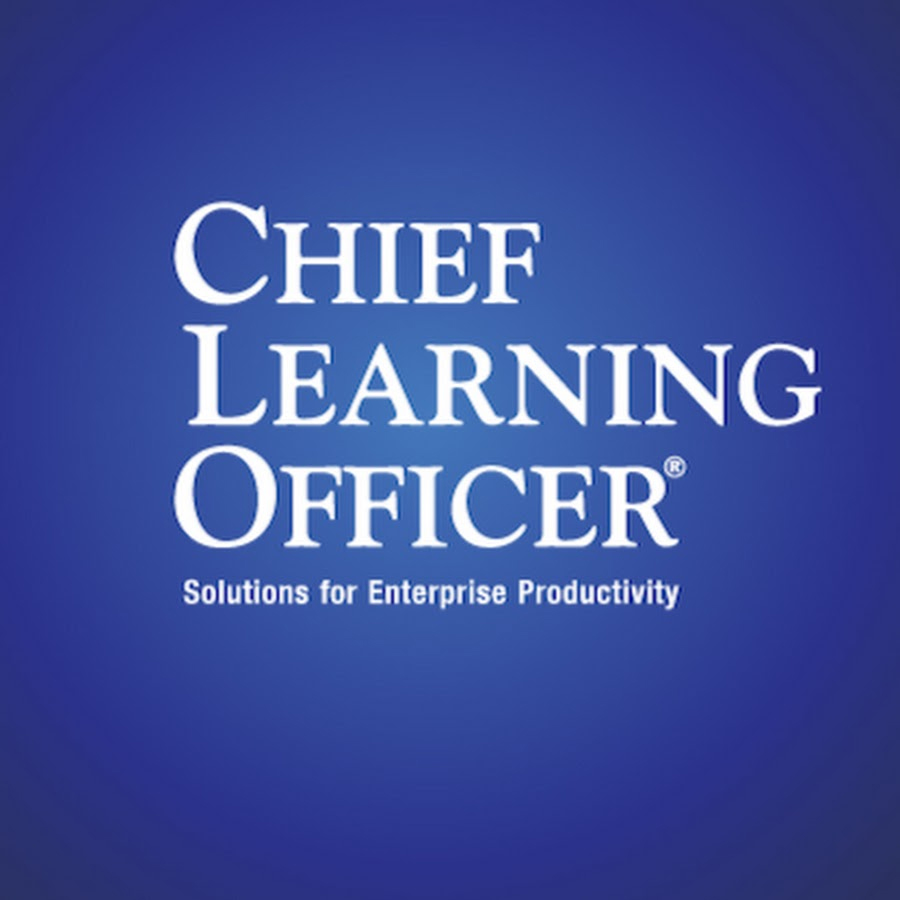Suzy Aldaine is a brilliant aspiring manager and well-respected information technology engineer who is taking on increasing responsibility for complex projects and multiple teams. After waiting a considerable time, Suzy was elated when she was finally selected to attend a senior management training program at the leading business school. For a week, she immersed herself in the newest methods of managing in the tech industry. She returned proud and propped up with new confidence. But her confidence soon dissipated. The brutal awakening blow came from one of her colleagues. “You are telling us what we already know and use in my section,” she said. “You could have just asked us.”
But could she have?
The company, a mid-sized organization with great ambition and growing market potential, has a competitive culture. Everyone is doing their best to survive despite their ever-growing responsibilities, longer work hours and increasing stress. “We lead. Because we learn!” says a nicely designed slogan that hangs almost everywhere in the company. But it is just that: a slogan. The company makes little effort to help their employees build their knowledge and skills. “You are on your own here,” she was warned when she started three years ago. “So, keep it to yourself and do the best you can.”
Competition and rivalry dominate. Not that competition is bad in its own right, but it puts people into separate compartments, and everybody seems to be preoccupied with their own. They may collaborate, but in a very limited way: just enough to get things done. People are guarded. They keep what they know to themselves. “My loss is your gain” is the rule.
The fact is that valuable skills, knowledge and experience reside in the organization’s employees in the form of tacit knowledge. These invaluable resources are often ignored. The current approaches to skills training and professional development continue to be based on the deficit model: People lack skills and therefore must go somewhere to fill the gap (or an expert from an outside firm must come in and train them).
In contrast, forward-looking methods of skills development use an asset-based approach by recognizing that each employee individually and all employees collectively already have useful and applicable skills. When shared and internalized by others, it is possible to increase the knowledge base manifold without resorting to outside experts and consultants. There is a place for new knowledge and novel ideas from the outside, and this should be welcomed. But it needs to be acknowledged that most learning and new insights happen in the workplace in the flow of work through interactions with peers.
Acquiring knowledge and skills, though recognized as the driving force behind competitive advantage in the information age, proves to be difficult. Old methods such as sending employees to off-site generic training programs that Suzy experienced no longer offer solutions for the dramatically changing workplace. Organizations need to re-engineer learning from the inside-out, with the main driver being the knowledge of the current employees. The outside-in approach should be reserved for special cases. This calls for a new paradigm in organizational learning.
The new inside-out paradigm rests on three strategies that organizations must employ to be successful and competitive in the knowledge era.
Help your employees learn how to learn (meta-learning).
Even though your employees may have been to college does not mean that they know how to learn. Most of us were never taught evidence-based learning techniques. Learning to learn is not just a catch phrase. Learning is a broad term that goes far beyond memorizing and storing information. Real learning involves a change in neural structure or function. These changes occur in stages, according to Dr. Rick Hanson, author of “Resilient.” Brain-based learning will help people transform their experiences into lasting knowledge and behaviors.
Create a learning and thinking environment in your organization where people are free to think independently and learn from each other.
Knowing how to learn effectively for lasting change will do little if your organization is not genuinely supportive of learning. Create conditions whereby people enjoy psychological safety (Edmondson, Teaming) and are free to think independently for themselves. As Nancy Kline shows (More Time to Think), independent thinking is an exception and a luxury in most organizations. Her 10-point Thinking Environment principles could serve as a blueprint for setting up conditions where individuals and teams can speak and hear each other as equal thinkers and learners. This would liberate them and the organization from the limiting beliefs imposed on people which end up curtailing their creative capabilities and innovation.
Leverage the existing body of knowledge and experience through a structured peer learning process to capture implicit knowledge and transform it into a lasting asset for all.
A learning environment opens up numerous opportunities for professional development and personal growth through lateral learning and sharing of knowledge. Peers are frequently the best trainers and often the most knowledgeable because they know how things work in the context and culture of your organization. They share the reality of what is and what can be, if they can express themselves freely without fear. This lateral peer learning can take many forms: from peer lunches, to peer learning groups, to exchange visits and peer solving sessions, to name just a few. The important thing is that peer learning needs to be structured and organized to give your employees a solid base and a framework for learning. You need to provide the scaffolding so they can build an edifice of knowledge.
All three of these strategies are necessary. Alone, they are insufficient to create an ‘inside-out’ learning culture that will explore the depth and breadth of the knowledge of your workers and managers. The power of peers will emerge when all these strategies — meta-learning, a thinking environment and structured lateral learning — are working and reinforcing each other. Giving the employees tools for learning but not encouraging learning would be counter-productive. Conversely, promoting a thinking and learning environment is a great idea- but if your employees do not know how to learn effectively, they will not be able to take advantage of this freedom to learn. And finally, you will not harvest the knowledge of your employees and turn it into a valuable asset if the learning culture is not embraced and people are not allowed to think for themselves.
“So, how do I start learning from others and with others?” asked Suzy when she realized that what she had learned during training was already known in the organization. The answer is that when employees know that their knowledge and experience are valued and appreciated by others, the conversations between peers will soon become more meaningful and knowledge enhancing. The power of peer knowledge will be unleashed.
Deborah Laurel is co-founder of the Peer Learning Institute. Peter Korynski is co-founder of the Peer Learning Institute. To comment, email editor@clomedia.com.


